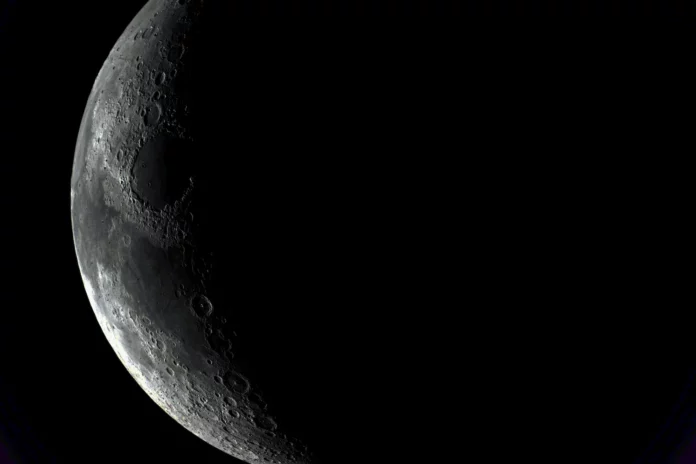The Resilience lander has spent the last six months traveling to the Moon, planning to land in its far northern region. The Japanese company ispace plans to land on Thursday – this will be its second attempt to reach the lunar surface.
The Resilience spacecraft will land on June 5 at 15:24 EDT with the goal of landing smoothly near the center of the Mare Frigoris region (which roughly translates to “Sea of Cold”). The landing attempt will be broadcast live on the ispace YouTube channel, starting about an hour before the scheduled landing. You can also join the broadcast using the feed below.
Tokyo-based ispace launched its second mission to the Moon on January 15. Resilience hooked up with another lunar lander headed for the moon. Firefly Aerospace’s Blue Ghost landed on the moon on March 2, while Resilience took a much longer route. Resilience initially operated in an elliptical transition orbit, and then, by circling the Moon, switched to a low-energy transition trajectory that will allow it to make a soft landing. According to ispace, the lander has successfully completed all of its orbital maneuvers and will remain in low lunar orbit until the big day. During the landing attempt, Resilience will automatically start its main propulsion system to gradually slow down and adjust its altitude to begin its descent from its current orbit to the lunar surface.
The Resilience lander is carrying the small Tenacious rover to Mare Frigoris, located in the far northern regions of the Moon. It also carries scientific instruments, mainly from Japanese commercial space companies, designed to study the lunar surface.
This is the second attempt by ispace to land on the Moon, although the first was unsuccessful. In April 2023, the Hakuto-R Mission 1 (M1) lunar vehicle rapidly descended to the Moon and crashed on its surface. The company later revealed that during its descent to the lunar surface, Hakuto-R estimated that it was very close to zero altitude when it was approximately 3 miles (5 kilometers) above the lunar surface. As a result, the lunar lander slowed down during its descent, eventually running out of fuel and falling freely to the Moon. The Hakuto-R M1 carried both commercial and government cargo, including a tiny two-wheeled transformer robot from the Japanese space agency.
Members of the Japanese startup are optimistic about their second attempt to land on the moon. “We have utilized the experience gained during Mission 1 and during the current journey to the Moon, and we are confident in our preparations for a successful lunar landing,” said Takeshi Hakamada, founder and CEO of ispace, in a statement.
The moon has hosted several landers over the past few years as more and more commercial companies attempt to land on its rough surface. Texas-based startup Intuitive Machines has crashed not one, but two landers, with both the Nova-C and Athena ending up on their sides.









